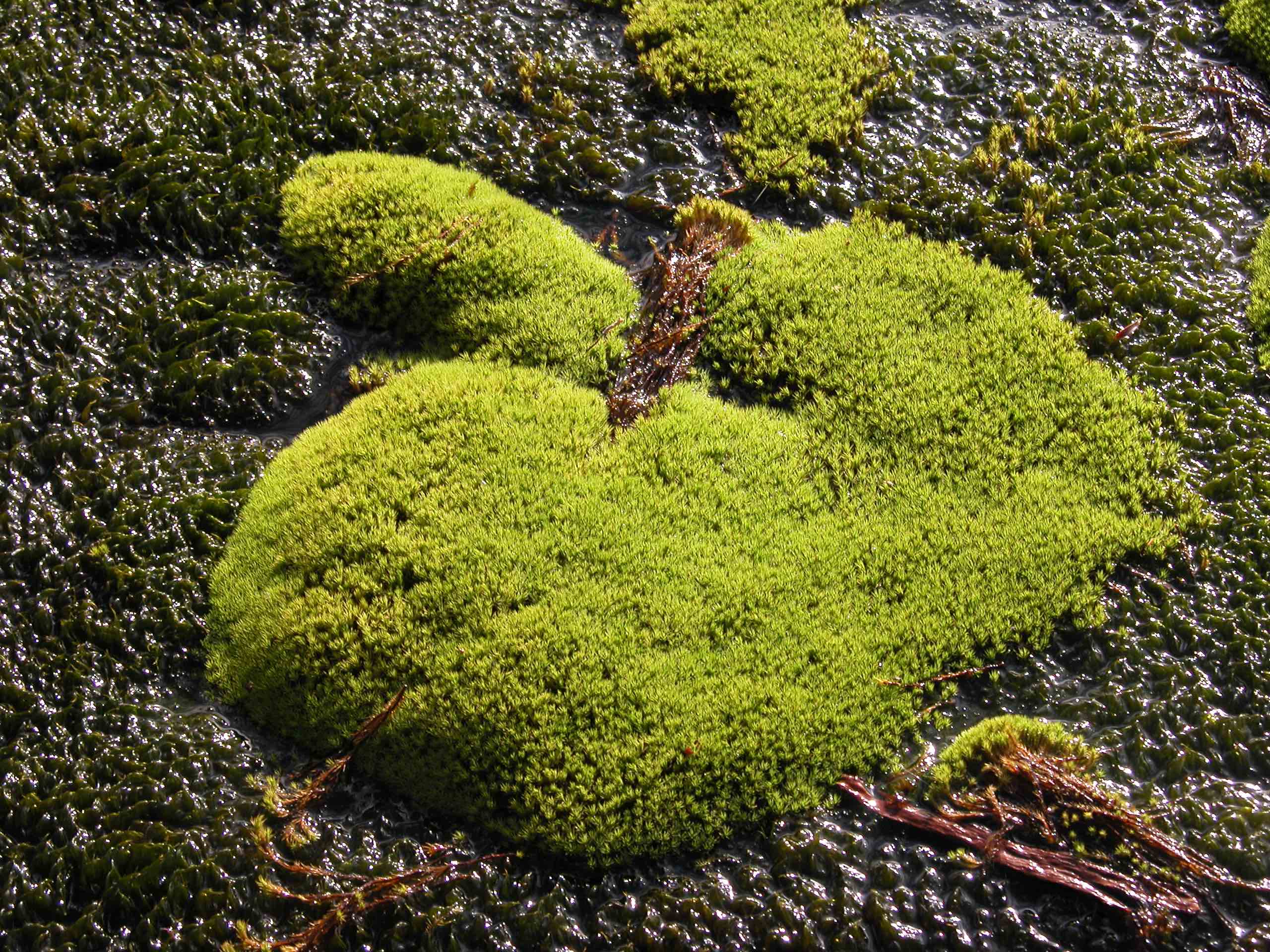
image from: https://nielsklazenga.github.io/australian-bryological-network/bryophyte-of-the-month/2018/02/17/bartramia-subsymmetrica
Introduction
Mosses are some of the most ancient and resilient plants on Earth, having evolved over 400 million years ago. One particularly interesting species is
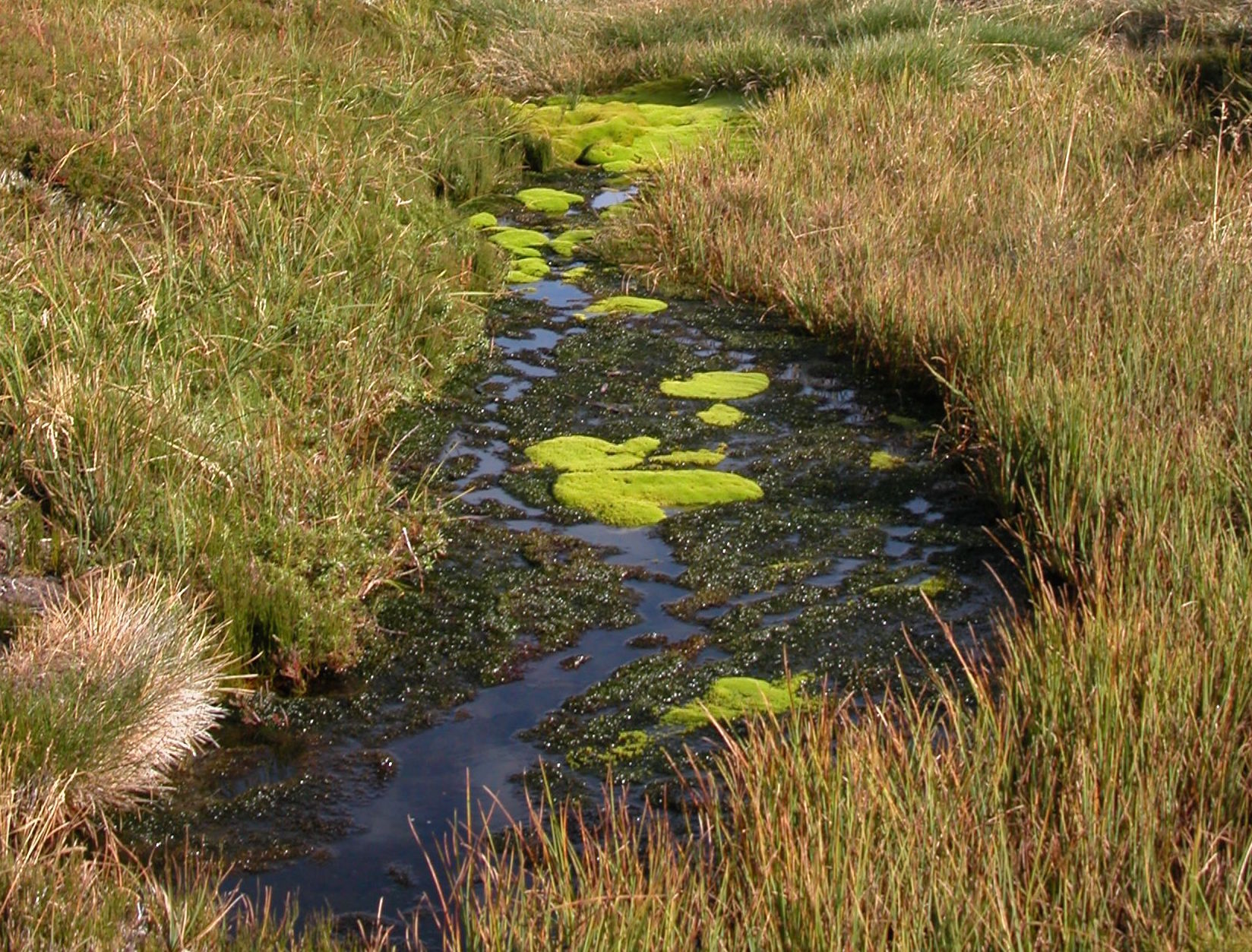
image from: https://nielsklazenga.github.io/australian-bryological-network/bryophyte-of-the-month/2018/02/17/bartramia-subsymmetrica
Bartramia subsymmetrica Cardot, a type of moss in the Bartramiaceae family. In this blog post, we’ll take a closer look at the unique characteristics, global distribution, and ecological importance of this fascinating bryophyte.

image from: https://www.forestryimages.org/browse/detail.cfm?imgnum=1115125
Background on Mosses
Before diving into the specifics of B. subsymmetrica, let’s review some background on mosses in general. Mosses are non-vascular plants in the division Bryophyta. They lack true roots, stems, and leaves, instead having structures that serve similar functions. Mosses reproduce via spores rather than seeds and require moisture to complete their life cycles.
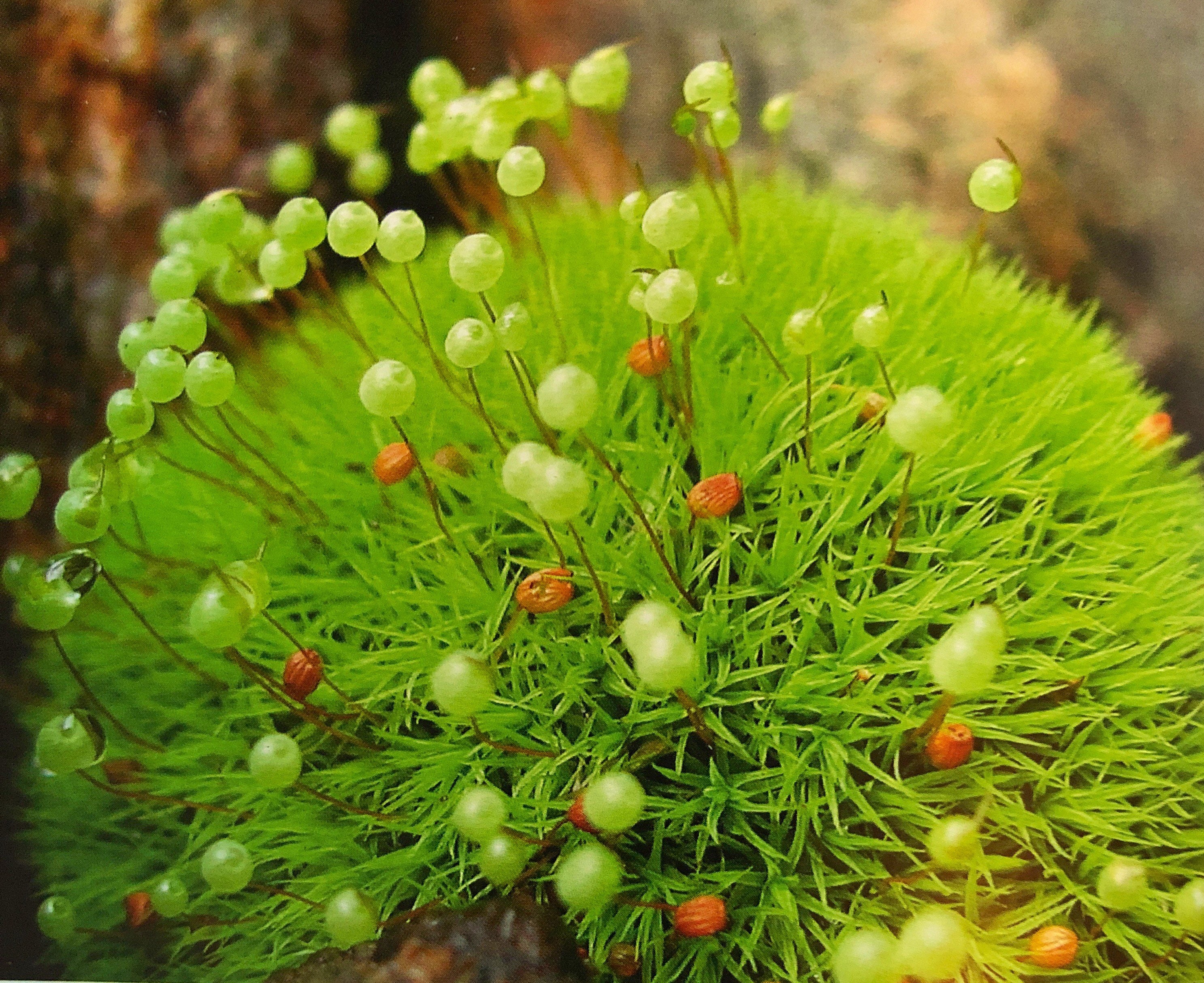
image from: https://www.thebryophytanursery.com/listing/1189538920/rare-pincushion-moss-bartramia
There are over 12,000 species of moss found all around the world, from the Arctic to the tropics. They play important ecological roles, helping to regulate moisture, prevent erosion, provide habitat for small organisms, and act as pioneer species in ecological succession.
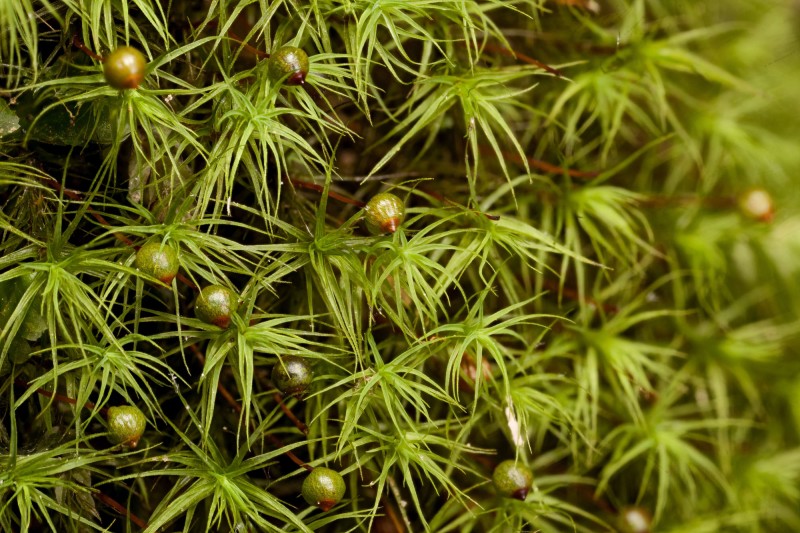
image from: https://ohiomosslichen.org/moss-Bartramia-pomiformis/
Morphology and Identification
Bartramia subsymmetrica is a relatively small moss, typically growing in compact tufts or cushions. The individual plants are usually under 2 cm tall. The leaves are lanceolate (lance-shaped) and have a distinct border of elongated cells.
One of the most distinguishing features of B. subsymmetrica is the arrangement of its capsules (spore-bearing structures). They are held on short setae (stalks) and are almost hidden among the leaves. The capsules themselves are globose (spherical) and somewhat asymmetrical, which is reflected in the species name “subsymmetrica.”

image from: https://www.invasive.org/browse/detail.cfm?imgnum=1115124
Global Distribution and Habitat
B. subsymmetrica has a wide but scattered distribution, being found in parts of Europe, Asia, Africa, Australia, and the Americas
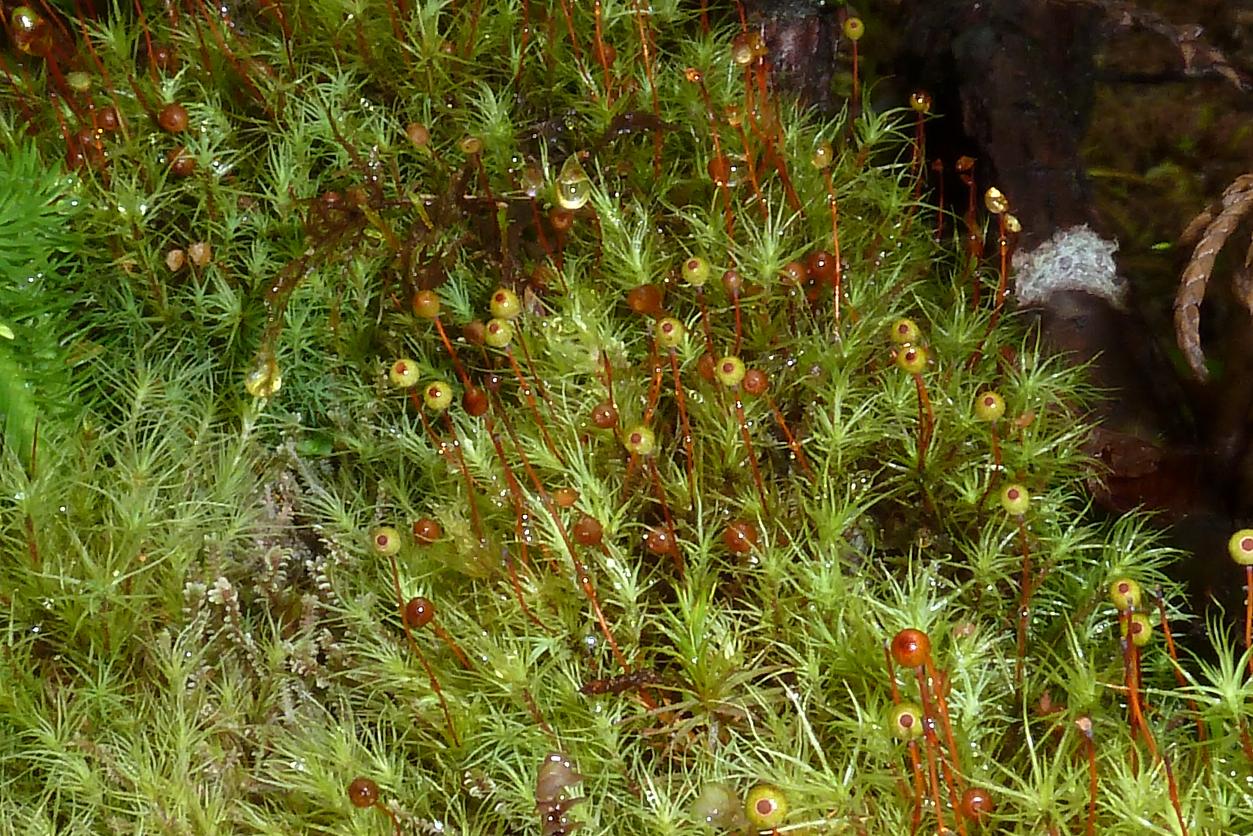
image from: http://www.uniprot.org/taxonomy/52976
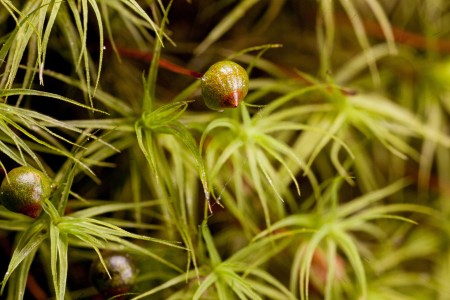
image from: https://ohiomosslichen.org/moss-Bartramia-pomiformis/
. It is not an especially common species and is often found in specialized habitats.
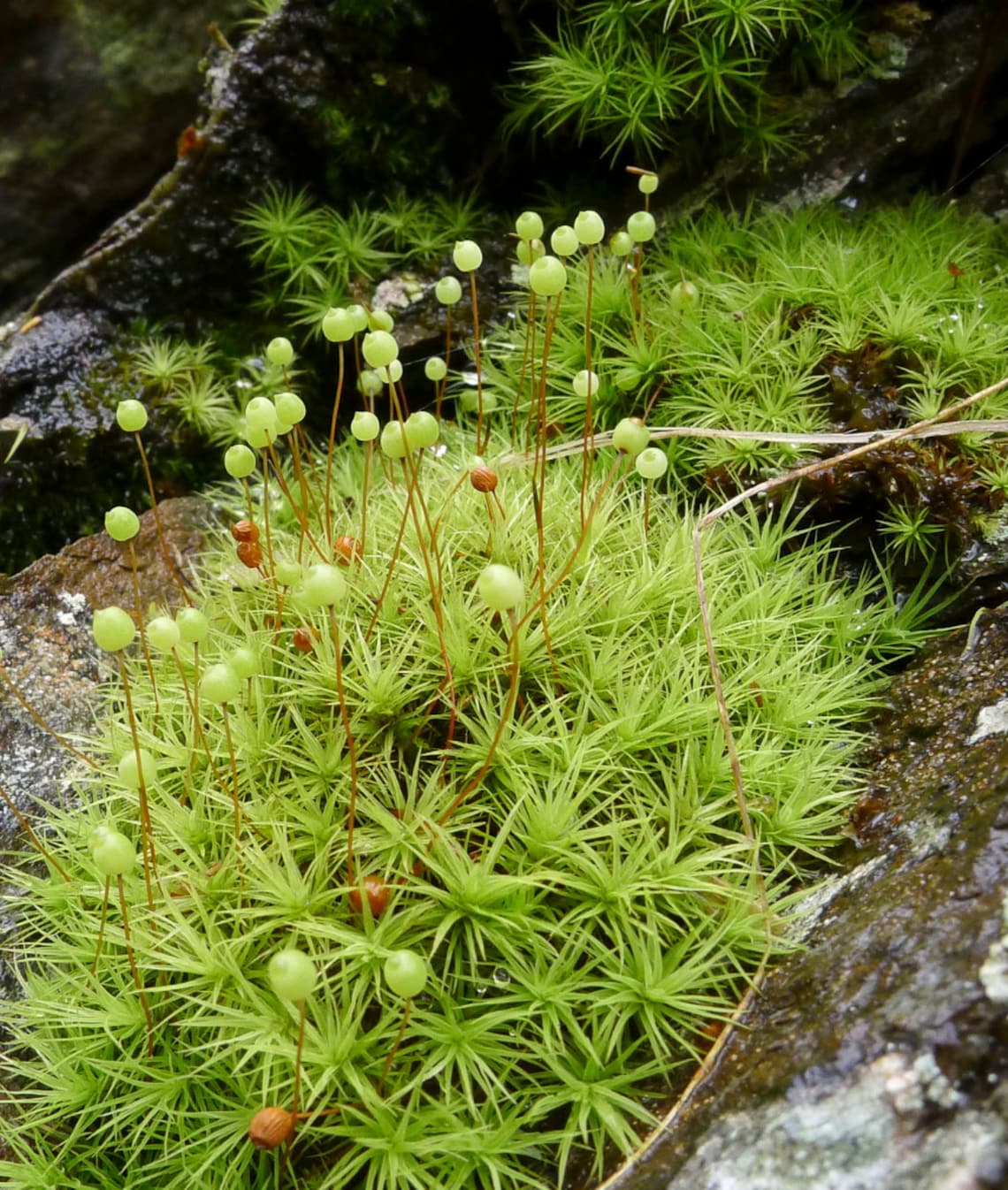
image from: https://www.etsy.com/listing/1189538920/pincushion-terrarium-moss-bartramia
This moss typically grows on exposed, acidic substrates like sandstone rocks or clay soils. It is most often found in open, dry habitats such as rock outcrops, cliff faces, and dry grasslands. In some areas, it is considered an indicator species for particular soil conditions.

image from: https://www.pinterest.com/pin/bartramia-pomiformis–515662226054382814/
Ecological Roles and Adaptations
Like other mosses, B. subsymmetrica plays a role in its ecosystems by helping to regulate moisture, stabilize soils, and provide microhabitats for invertebrates and other small organisms. Its compact growth form helps it conserve moisture in the dry, exposed habitats it favors.
Interestingly, some research has shown that B. subsymmetrica has a high tolerance for heavy metals in its substrate. It is able to accumulate metals like copper and lead in its tissues, which may give it a competitive advantage in contaminated soils. This trait has drawn interest for its potential use in biomonitoring of metal pollution.